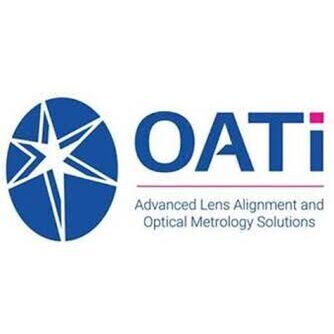
|
Download Members: $0.00 Non‑Members: $75.00 |
Buy Now |
Publication Details
| Published Date: | |
|---|---|
| Authors: | Aaron Hudlemeyer, Mark Meuret, Daniel Sawyer, Chris Blackburn, Vincent Lee, Craig Shakarji |
| Company: | CMSC |
| Print Format: | Technical Paper |
| Citation: | Aaron Hudlemeyer, Mark Meuret, Daniel Sawyer, Chris Blackburn, Vincent Lee, Craig Shakarji, "Considerations for Design and In-Situ Calibration of High-Accuracy Length Artifacts for Field Testing of Laser Trackers," The Journal of the CMSC, Vol. 10, No. 1, |
Abstract
Interim testing of laser trackers can be problematic due to the lack of high-precision, long-length artifacts that maintain their calibrated lengths during measurement. Gravitational loading, fixturing forces, and changes in the atmospheric conditions can have significant effects on the calibrated length of these artifacts. In particular, the length of these artifacts can change significantly during routine testing by simply reorienting the artifact in the varied positions that capture the different error sources in the laser tracker. This can be particularly problematic in the field where, in addition to the needs for high accuracy, testing time must be minimized to reduce costs and the changes in environmental conditions cannot be adequately controlled. This article describes the design and evaluation of a prototype length artifact for field testing of laser trackers. To address the need for short testing time we describe a novel new method for in-situ field calibration of length artifacts using the integral ranging system of the tracker. The prototype was tested in laboratories at the National Institute of Standards and Technology (NIST); the results show that artifacts developed using the methods described in this article can be fixtured in varied horizontal, vertical, and inclined positions while maintaining a calibrated length within 5 ppm under field conditions. The new understandings of the design and fixturing of high precision long length artifacts herein described provide a process for laser tracker users to quickly evaluate their instrument performance in the field before costly or critical measurements are performed.





